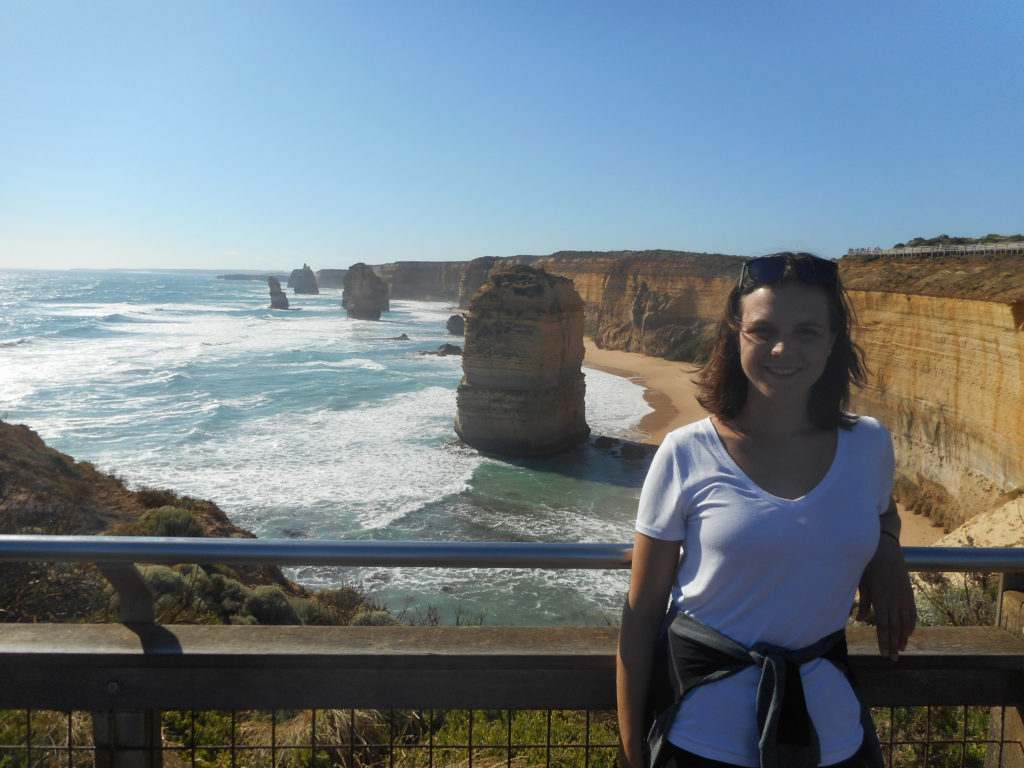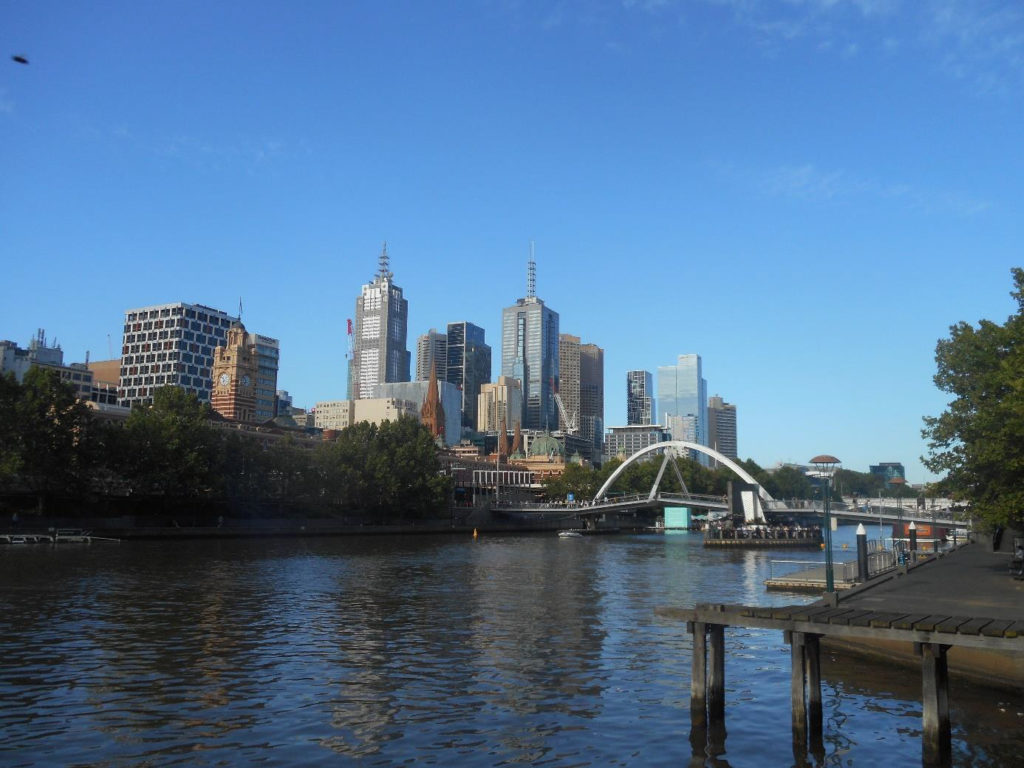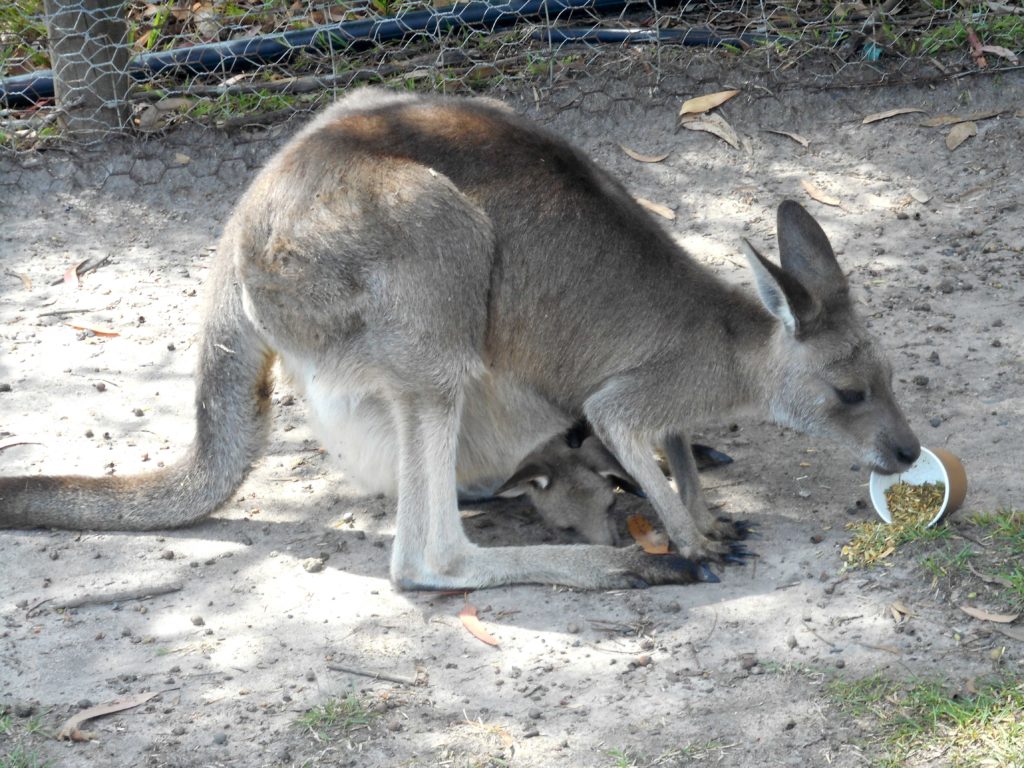My background is in the area of bioinformatics and I am a PhD student in the Life Science Informatics Group of Prof. Dr. Falk Schreiber at the University of Konstanz. I support project D04 of the SFB-TRR 161 by domain specific knowledge in the field of Life Sciences, but also by doing research of fundamentals in the field of Immersive Analytics. Immersive Analytics is still a new research field that investigates the impact of new technologies on human analytical reasoning and decision making.

Due to financial travel support from the SFB-TRR 161, I was able to visit the Immersive Analytics Lab (IA Lab) at Monash University (Melbourne, Vic, Australia) for a research stay from January to March 2020.

During my research stay at Monash University, I was part of the Immersive Analytics Lab, which is under the supervision of Prof. Dr. Tim Dwyer and Prof. Dr. Kim Marriott. Their research is mainly focused on Information Visualisation, Visual Analytics and fundamentals of Immersive Analytics. A lot of their work has also focused on network visualisation, which is widely used in different disciplines but especially in the field of Life Sciences. As Prof. Dr. Tim Dwyer and Prof. Dr. Kim Marriott are experts in fundamentals of Immersive Analytics and network visualisation, our groups are collaborating in research projects.
The IA Lab is located on the Caulfield Campus of Monash University and equipped with many different devices of new technologies, such as several virtual and augmented reality devices, a CAVE2 environment and Microsoft Surface Hubs, but also has designated areas for user studies. In addition, an engineering lab is affiliated to be able to design and construct new devices useful for e.g. more natural interaction with data.
At the University of Konstanz I was already working on perception of networks in virtual reality. For this reason, the aim of my research stay at the IA Lab was to continue collaboration between the two groups and start further user studies on perception of networks in stereoscopic environments. Most of the user studies on perception of networks in stereoscopic environments found in literature were conducted in the early 2000’s, when display devices and setups were quite different from what we can achieve today with modern technology. For this reason, a lot of discussion was necessary to adopt one of these user studies in an adequate way to re-investigate older findings with new devices. Therefore, the next step was to build up a prototype of the environment. We decided to do the investigation with head mounted displays, as it is possible to investigate different conditions more easily, as the environment can be fully controlled. In addition, network visualisations and conditions had to be carefully replicated from the description provided in the publication. The prototype setup was discussed and tested several times with researchers from the IA Lab to make sure the design was as close as possible to the original design, but also the remove any confounding factors, which could affect the results of the user study. The PhD students working in the IA Lab were great and really helped a lot to improve the design and implementation. It was very interesting collaborating with them and talking to them, as PhD in Australia is different from PhD in Germany. They are more considered as students than staff members and e.g. have to pay tuition fees.
I was also able to test and participate in several user studies set up by the PhD students in the IA Lab. This was very helpful to compare for example our set ups of user studies with their set ups, and to see how different regulations for user studies involving humans are in different countries. Moreover, I was able to see their newest developments, which was very exciting!
After returning to Konstanz we wanted to finish development of the prototype and start to run user studies. Unfortunately, the university was shut down because of Sars-Cov-2 on my first day back in Konstanz, so I was not able to finish the project yet.
Nevertheless, I learned a lot from this research stay and it was an excellent opportunity to live abroad for a little while and also to travel. I am very grateful to the SFB-TRR 161 to have received financial support and to Prof. Dr. Tim Dwyer and Prof. Dr. Kim Marriott for giving me the opportunity to do my research stay at their lab. It was a great opportunity to meet other researchers and exchange with PhD students working in a different university system.


